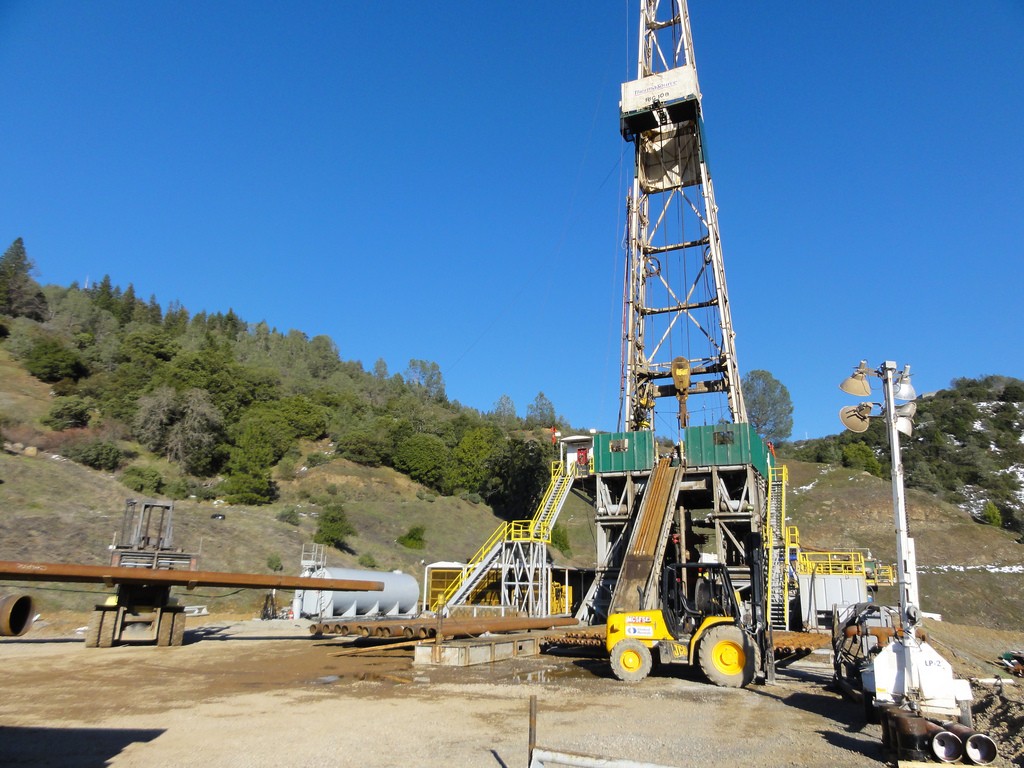California’s geothermal growth faces permitting hurdles

Efforts to expand geothermal in California, including at The Geysers and within the GeoZone, face significant permitting delays compared to other states.
California’s push for increased geothermal energy development is running into long permitting delays, slowing efforts to meet the state’s clean energy targets, as reported locally. At the center of this challenge is The Geysers region, North America’s largest geothermal field, and the GeoZone initiative, which aims to attract new investment in next-generation geothermal technologies. How far the announced legislation approved by California’s governor in January 2025 solves this and addresses below notes is a bit unclear. Under that law approval processes for geothermal exploratory drilling projects would not have to go through the understaffed California Geologic Energy Management Division (CalGEM), but county planning departments would now be able take the lead in conducting environmental reviews of proposed exploratory drilling projects for geothermal.
Slow permitting vs. growing demand
Despite a state mandate for 2 GW of new geothermal capacity, developers face a two-year permitting process for exploratory drilling – compared to just 10 days on federal land outside California. This creates additional cost and risk, potentially driving investments to other western states.
Key challenges & legislative fixes:
- AB 526 – Calls for a strategic plan for geothermal energy in California.
- AB 527 – Aligns California’s permitting process with federal standards to streamline approvals.
- AB 531 – Expands California Energy Commission oversight to projects of all sizes, not just those above 50 MW.
“Since 1989, nearly all new geothermal development has occurred outside California,” said Geof Syphers, CEO of Sonoma Clean Power, emphasizing the urgency of these legislative changes.
GeoZone & industry partnerships
Sonoma Clean Power’s GeoZone initiative, which we previously reported on at ThinkGeoEnergy, is working to remove barriers for developers. Chevron New Energies recently acquired land within the GeoZone, but permitting bottlenecks have delayed exploratory drilling. Other companies exploring the region include Eavor Technologies and Ormat Technologies.
Additionally, Sonoma, Lake, and Mendocino counties have applied for a $1.3 million California Energy Commission grant to proactively identify low-impact geothermal development sites, aiming to accelerate environmental reviews.
What’s next for California geothermal?
Without reform, California risks losing out on geothermal investment, increasing reliance on imported clean energy—such as Fervo Energy’s 400 MW project in Utah, which will supply power to Southern California Edison but require costly transmission upgrades.
Source: North Bay Business Journal